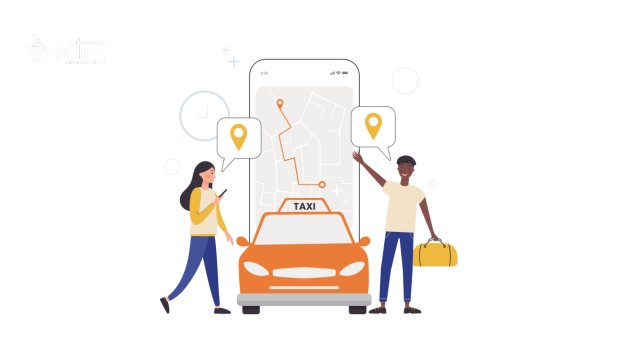Urban commuters are increasingly looking for travel solutions that are quick, sustainable, and affordable. Ride sharing services have emerged as a preferred choice for people wanting to skip the costs of car ownership while enjoying on-demand transportation. The rise of these platforms shows that technology can provide convenient solutions without compromising environmental goals.
What users look for in a next-generation ride sharing service
Modern users have high expectations when it comes to ride sharing. They want minimal waiting times, easy app navigation, flexible ride options, and secure payment systems. The onboarding process should be smooth, and features like vehicle availability alerts or driver tracking can help create a sense of trust and transparency.
To build a ride sharing app like Cityhop, your design must prioritize both usability and innovation. Options like ride scheduling, digital key access, and integration with public transport networks can make your app stand out in a competitive market.
Essential technologies behind efficient ride sharing platforms
Behind every smooth booking experience is a robust technological infrastructure. GPS tracking, automated fare calculation, AI-powered route optimization, and real-time vehicle updates are essential for efficient operations. AI can also enhance safety by monitoring driving patterns and suggesting optimal routes based on traffic conditions.
IoT integration allows for remote diagnostics, predictive maintenance, and vehicle monitoring, reducing downtime and increasing the safety and reliability of your service.
Encouraging eco-friendly travel through ride sharing
Sustainability has become a top priority for many commuters. By offering electric or hybrid vehicles, encouraging shared rides, and showing passengers the environmental impact of their journey, ride sharing platforms can foster more responsible travel habits.
With these capabilities, ride sharing app development can deliver solutions that balance profitability with positive environmental impact, attracting both eco-conscious riders and forward-thinking investors.
Must-have features to keep riders coming back
To remain competitive, a ride sharing app must deliver more than just booking and payment options. Some valuable additions include:
- Flexible ride scheduling and multi-stop options
- Tiered ride categories (standard, premium, EV-exclusive)
- Rider and driver rating systems
- Gamified loyalty and rewards programs
- Instant in-app support and problem resolution
By tailoring features to specific markets and user segments, you can build stronger loyalty and engagement over time.
The role of skilled developers in ride sharing success
Developing a ride sharing platform is far more complex than creating a standard app. It requires expertise in real-time data handling, geolocation services, payment security, and scalability. Partnering with an experienced team specializing in mobile app development ensures your platform is built for performance, security, and future upgrades.
Professional developers can also assist with cloud infrastructure, third-party integrations, and post-launch improvements, giving your app the stability and flexibility needed for long-term success.
Scaling your platform the smart way
Rather than rolling out across multiple locations at once, start with a pilot program in one city or region. This controlled approach allows you to gather user feedback, improve system performance, and adapt to local market conditions before expanding.
Once you’ve refined your model, you can scale by adding more vehicles, exploring partnerships with local businesses, or expanding into specialized services like airport shuttles or corporate ride programs.
Conclusion
The future of urban travel is connected, sustainable, and user-driven. By combining strong technology, thoughtful design, and strategic rollout plans, your ride sharing platform can thrive in a competitive market. With the right approach, you can deliver a service that not only meets today’s commuting needs but also supports greener cities for tomorrow.



























